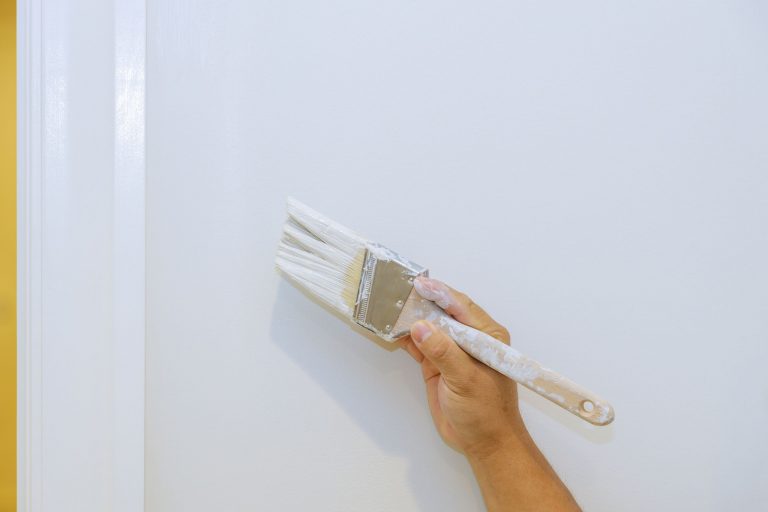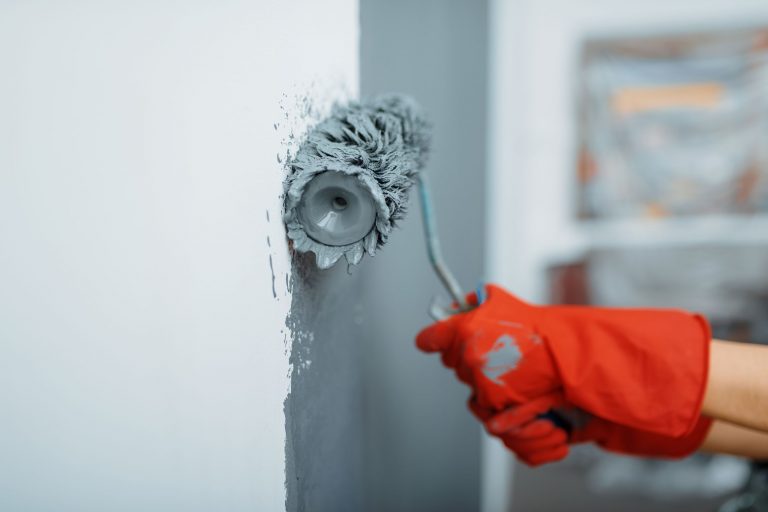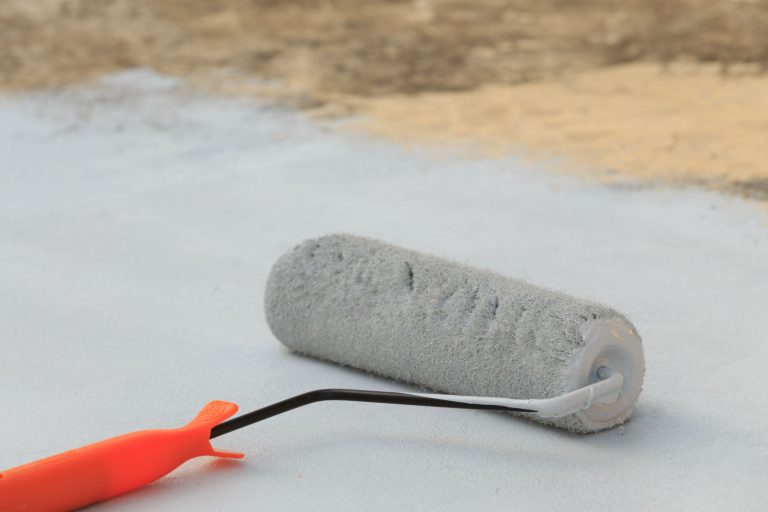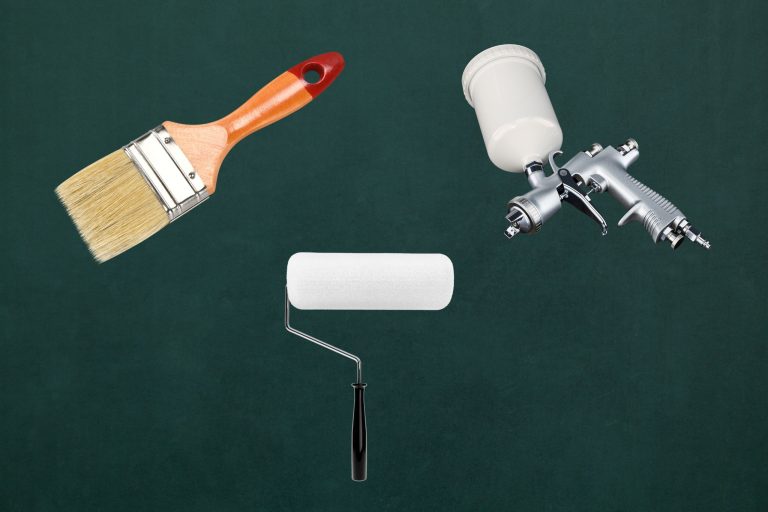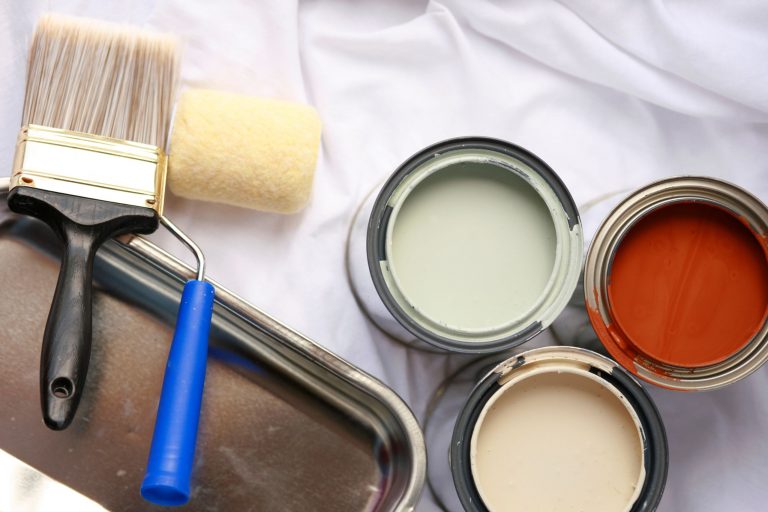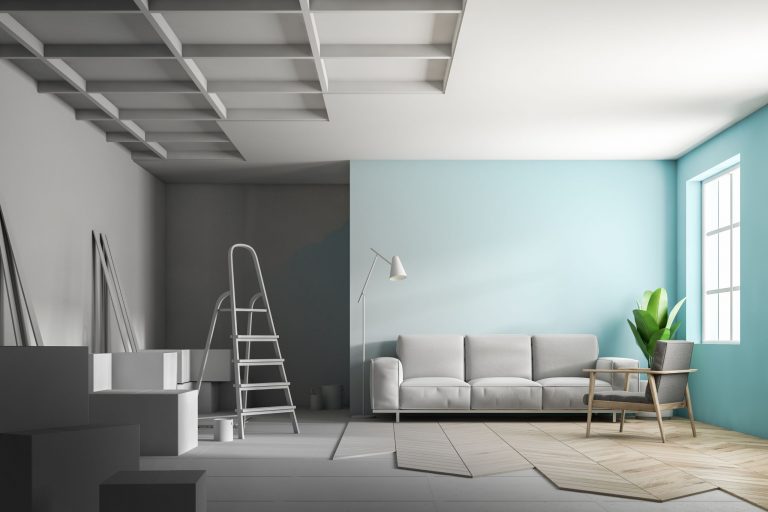
Covering dark hues is often difficult for homeowners choosing to update their areas with a fresh coat of paint. The intensity of deeper colors causes this shared worry as they may bleed through lighter paint and provide uneven finishes needing many applications. Such an experience not only stretches the time and effort required for a project but also could result in higher expenses because of extra work and resources. When first attempts produce disappointing results, homeowners typically get discouraged and start to rethink their color selections. Good coverage over dark paints is not an impossible obstacle, either. Homeowners may save the effort and cost of many coats by using sensible methods and selecting appropriate materials. This page seeks to provide doable remedies for overcoming the challenges of painting over dark hues, therefore guaranteeing a flawless and effective application that quickly changes a place.
Choose the Right Paint for the Job
A great finish on every job depends on selecting the correct paint. Excellent coverage and vivid color make high-quality, strongly pigmented paint essential. The ability of paint to hide the surface beneath depends much on pigment. When choosing paint, give goods with excellent opacity first priority; this will help you greatly cut the needed number of layers.
Using paints with improved covering qualities typically allows one or two applications to be sufficient, therefore saving time and expenses. This reduces paint and labor needed, thereby reducing waste and a more environmentally responsible approach follows.
High-performance coatings also provide longevity, therefore ensuring that the painted surface resists wear and tear while still maintaining its appearance. Any painting project depends much on selecting the appropriate paint as a top quality paint job indicates a devotion to excellence. Selecting high-quality, well-pigmented paint will provide a successful and attractive result.
Prepare the Surface Properly
A perfect paint job depends on correct surface preparation. Good cleaning eliminates dust, filth, oil, and other pollutants that could stop paint from sticking as it is meant to. A clean surface lets the paint bind properly, hence extending lifetime and durability. Any remaining dirt could cause flaking or peeling, therefore affecting the general finish.
To improve adhesion, surface flaws are smooth and a texture is produced by sanding. It not only helps to remove rough areas but also opens the material’s pores so the paint may grab more tightly. For materials like metal or wood that can have coatings reducing paint adherence, this is especially important.
Priming is another necessary action producing a uniform paint base. A good primer may prevent stains from getting through rather porous materials. It also covers current colors so that the new paint seems vivid and accurate in hue. Painters create a beautiful, long-lasting finish that raises the general quality of the job by spending time in appropriate surface preparation—cleaning, sanding, and priming.
Use a High-Quality Primer
Painting over dark colors need a premium primer. Primers are a main obstacle preventing the previous color from leaking through and impacting the final appearance. Specifically designed to bind tightly to a variety of surfaces, a good primer offers a consistent framework for the new paint. This neutral base increases the overall color coverage and brightness of the topcoat, therefore allowing the true color to shine through.
Additionally improving paint adhesion, a good primer helps to provide a more durable finish. It helps to cut the required paint coats, therefore saving money and time. It also guarantees a longer-lasting and visually beautiful outcome by preventing peeling and cracking of the paint. Investing in a premium primer prepares one for a paint job with professional appearance. Choosing a quality primer is a vital first step that greatly influences the result of the project whether it is room renovation or space refreshment.
Apply Paint in Thin, Even Coats
Using good equipment is crucial if one wants a perfect finish while painting. Better paint dispersion and lower chance of streaks from a superior brush or roller will significantly affect the application procedure. Choosing the correct size and type for the surface under painting improves performance and efficiency even more.
Professional and perfect look depends on applying paint in thin, uniform layers. Minimizing drips and runs, thin layers dry quicker and adhere better. This method guarantees better coverage and, should issues develop simpler touch-ups are feasible. Let each one entirely dry before adding the next layer; this helps to provide suitable bonding and reduces the possibility of later on peeling.
Moreover, this technique—that of working in a “W”—pattern—helps ensure equitable coverage. Though normally less coatings will be needed, spending time to apply each coat correctly will finally save time and work. Following these rules helps to provide a fantastic finish that will stand out and demonstrates the painter’s dedication to their art.
Allow Proper Drying Time
A decent finish depends on letting enough drying time between layers when using dark colors. Applying many coats may cause color bleeding by affecting the moisture from the existing coat, thereby influencing the next layers. This leakage might compromise the final effect by dulling the topcoat’s color and producing unintentional shadows.
Applying the next layer after each one has completely dried helps avoid uneven results. A well-dried coat guarantees appropriate adherence of the next layer, therefore preserving constant color and gloss. This method lowers the possibility of mistakes resulting from too stacked paint, therefore saving time and labor.
Moreover, a methodical drying procedure reduces the need of extra layers. When every coat dries enough, it reduces the possibility of color mixing and so the need of subsequent error correction is avoided. The final effect is a more polished surface reflecting the desired design ideas free from the trouble of too many touch-ups. To get a perfect and long-lasting finish, everyone using dark colors must first give drying time top priority.
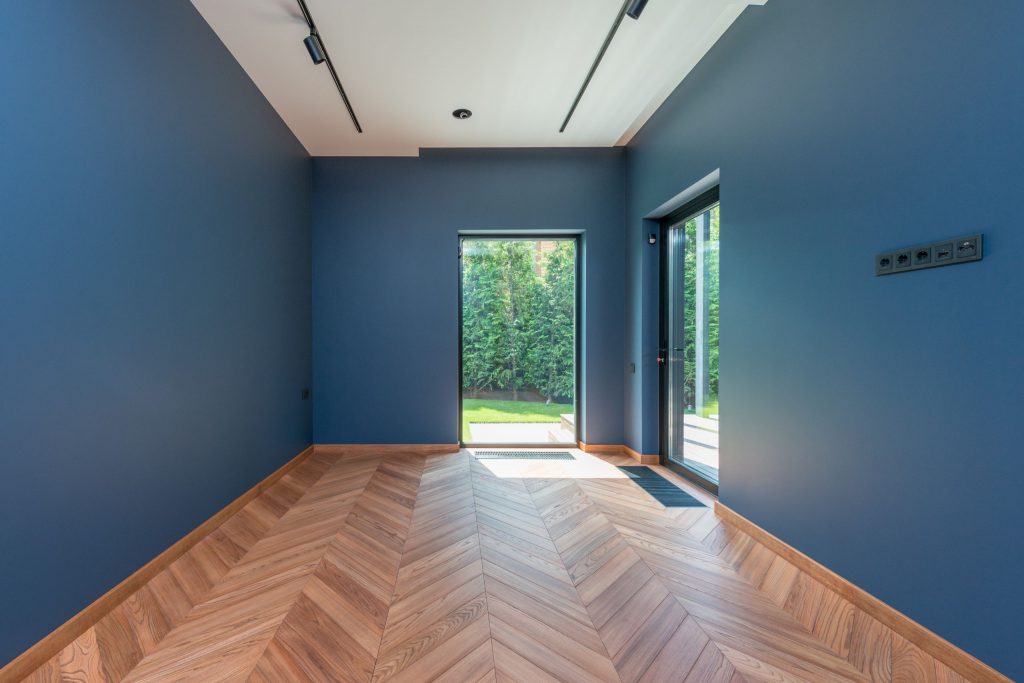
Final Thought
At last, the essay emphasizes the importance of suitable preparation and competence when painting over dark colors, stressing that these basic activities may assist to overcome usually occurring problems throughout the process. To create a smooth and bright finish, it advises using a decent primer, quality paint, and many thin layers. Following these basic guidelines will not only help readers to simplify their painting project but also improve the general appearance of their room with little work. The paper invites readers to explore the universe of “painting techniques and tips” blogs for further insights, thereby enabling them to hone their talents and produce amazing outcomes on next tasks. Anyone may change their living space with a dedication to preparation and skill, therefore rendering the painting process fun and fulfilling.

